On March 11, 1829, at the age of 20, Felix Mendelssohn conducted the St Matthew Passion at the Sing-Akademie zu Berlin (also known as the Berliner Singakademie). For the public, it was a revelation. Indeed, after his death in 1750, Bach had fallen into near-total obscurity.
News quickly spread, and Berlin’s music enthusiasts asked for more. The concert was repeated on March 21, Bach’s birthday, and again on April 17 (Good Friday).
These few weeks of effervescence changed the course of history: Johann Sebastian Bach’s music was rediscovered and continues to be admired to this day.
This is the story we are often told today. But what happened between 1750 and 1829? What prompted Mendelssohn to bring this repertoire back to the surface?
Our investigation will conclude just a few months before Mendelssohn’s death, as he completed Elijah — an oratorio inspired by Bach, to be performed at the opening of the 2025 Festival International Bach Montréal in Montreal and Quebec City.
But let us start a century earlier.
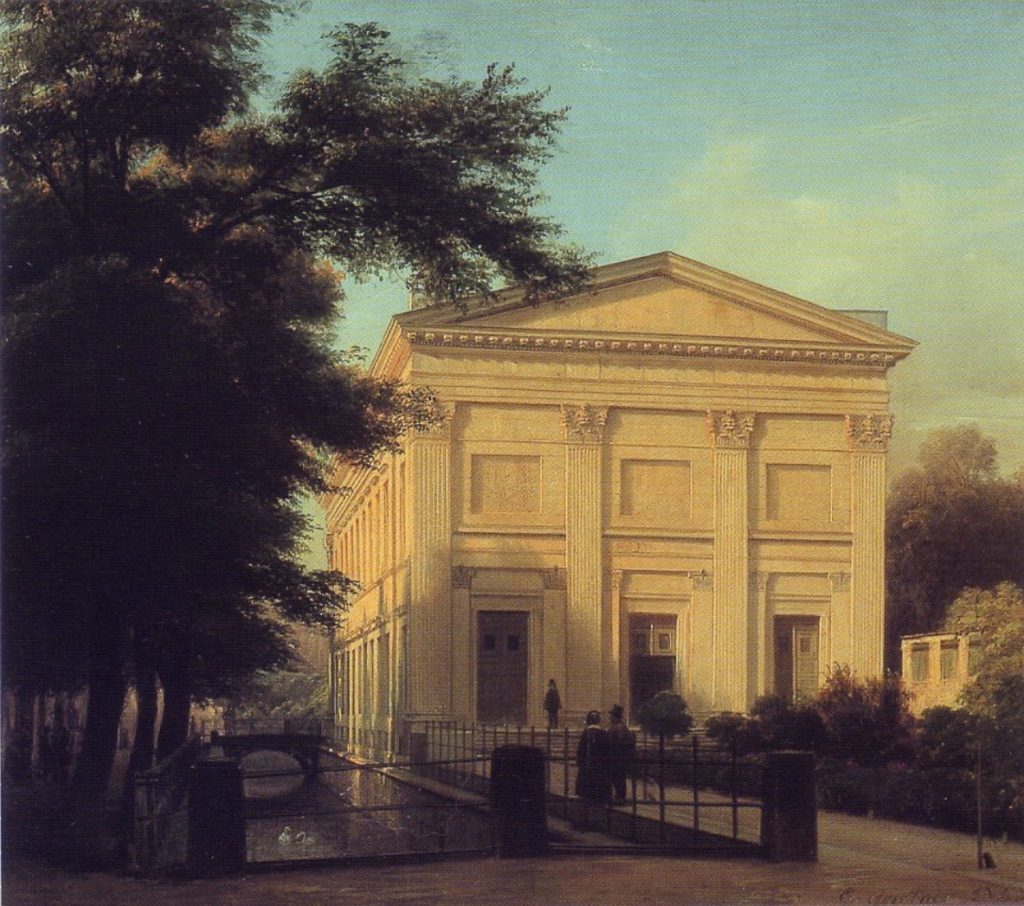
Kirnberger: A Disciple of Bach in Defiance of His Time
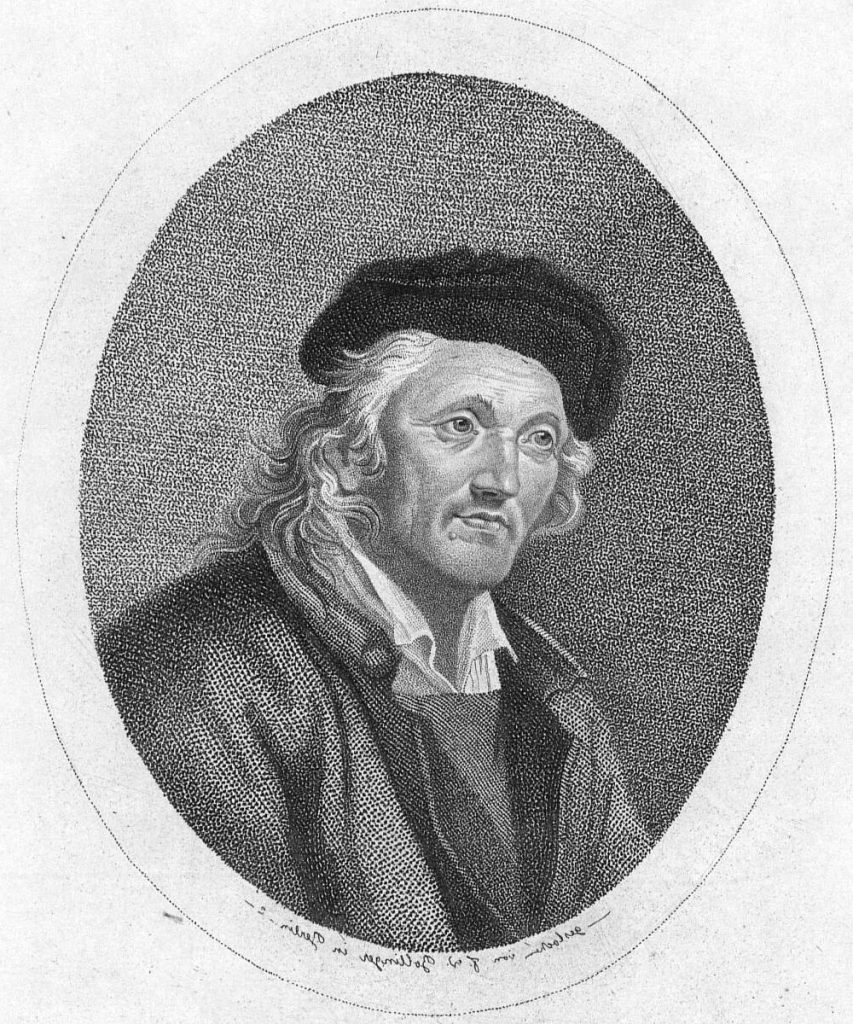
Johann Philipp Kirnberger (1721 – 1783) was a composer and theorist who opposed the musical conventions of his time. Here’s a micro-course in music history to help you understand his standpoint:
Baroque period (1600-1750)
Baroque music is defined by a certain complexity. A good example of this complexity can be found in counterpoint, a compositional technique in which we superimpose multiple independent melodies. It is therefore a style that appeals to mathematical minds. To those who seek beauty in systems, in coherent unities formed by interacting distinct elements.
Johann Sebastian Bach is recognized today as the undisputed master of counterpoint.
Note: the superimposition of distinct melodies is sometimes also called polyphony. From the Greek, “polus” (many) and “phonia” (voice).
Classical period (1750-1800)
After growing tired of Baroque architectural sophistication, the music world decided to turn to elegance and simplicity. We now focus on one melody at a time.
Of course, the transformation didn’t happen overnight. The transitional period stretches from approximately 1720 to 1770 and is referred to as the galant style.
Kirnberger’s entire career took place during this transitional period. The most talented composers were moving away from Baroque rigidities, and the aristocrats, thrilled by this stylistic revival, awarded them the best jobs.
But Kirnberger rejected the galant style, finding it both technically and aesthetically limited. A student of Johann Sebastian Bach, whom he described as “the greatest of all composers”, he set about writing a major theoretical work based on his master’s methods: Die Kunst des reinen Satzes in der Musik (The Art of Pure Writing in Music).
Fasch: When Amateur Musicians Unearth Bach’s Work
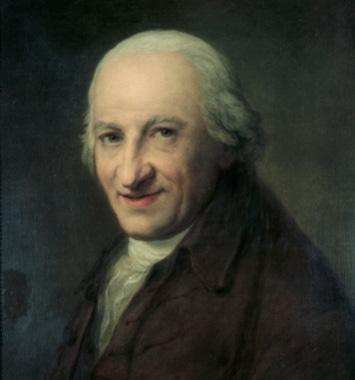
Composer Carl Friedrich Christian Fasch (1736 – 1800) seemed destined to encounter the music of Johann Sebastian Bach.
Firstly, his father Johann Friedrich Fasch (also a composer) was active in the same musical circles as Bach. Secondly, Carl Friedrich Fasch and Carl Philipp Emanuel Bach (Johann Sebastian’s son) were colleagues at the court of Frederick II.
Yet it was neither through his father nor Carl Philipp Emanuel that Fasch discovered the music of Johann Sebastian Bach! Both were indeed absorbed by the galant style and paid little attention to the unfashionable Baroque repertoire.
But before talking about his discovery of Bach, let’s take a look at the life and personality of Carl Friedrich Christian Fasch…
Fasch’s career at the court of Frederick II proved rather unsuccessful.
Historical circumstances worked against him: musicians’ salaries were suspended during the Seven Years’ War, and Frederic II lost interest in music once peace returned. Fasch was therefore assigned very few projects, and faced many moments of inactivity and discouragement.
He found ways to keep his active mind busy: studying mathematics, building houses of cards, and working on personal composition projects — he was particularly fond of complex contrapuntal architectures, in Baroque fashion.
Fasch’s talent for counterpoint — an increasingly unfashionable technique — brought little benefit to his stagnant career. But it didn’t go entirely unnoticed. One day, one of his pieces (a 25-voice canon!) caught the attention of… Johann Philipp Kirnberger.
Who introduced him to Johann Sebastian Bach.
Fasch then deepened his interest in polyphony. In 1783, he composed a sixteen-voice mass and tried to have it performed, but his efforts proved futile. Professional musicians at the time were not used to counterpoint and had little incentive to learn an outdated style.
In 1789, Fasch took a different approach. Professional musicians rejected polyphony and showed no interest in his sixteen-voice mass… So perhaps the solution was to be found among amateurs.
He decided to bring together a handful of dilettante singers and had them perform pieces for four, five or six voices. The experiment was a success: these amateurs quickly reached a good level and started to meet regularly. Disregarding contemporary trends, the group immersed itself in the works of the great masters of the past: Handel, Allegri, Marcello, and of course, Johann Sebastian Bach.
In 1791, the choir reached twenty members and Fasch gave it its official name: the Sing-Akademie zu Berlin.
Zelter: A Bricklayer Heads the Berliner Singakademie
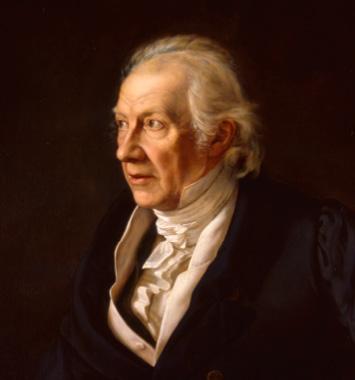
Carl Friedrich Zelter (1758 – 1832) spent the first years of his life working as a bricklayer alongside his father. At 17, his love of music inspired him to take piano and violin lessons, and to study composition on his own.
Four years later, Zelter managed to secure a small position in a theater orchestra as a part-time violinist. But his late start made it difficult to fully integrate into the musical world.
In the mid-1780s, a slightly bored composer agreed to take him on as a student… Carl Friedrich Fasch.
Under Fasch, Zelter became a highly capable composer, but only achieved moderate success. He himself admitted that he started composing too late.
After Fasch’s death in 1800, Zelter took over as head of the Berliner Singakademie, and maintained its primary focus: the rediscovery and performance of polyphonic works from the old masters.
Sara Levy: Choosing a music teacher for the kids
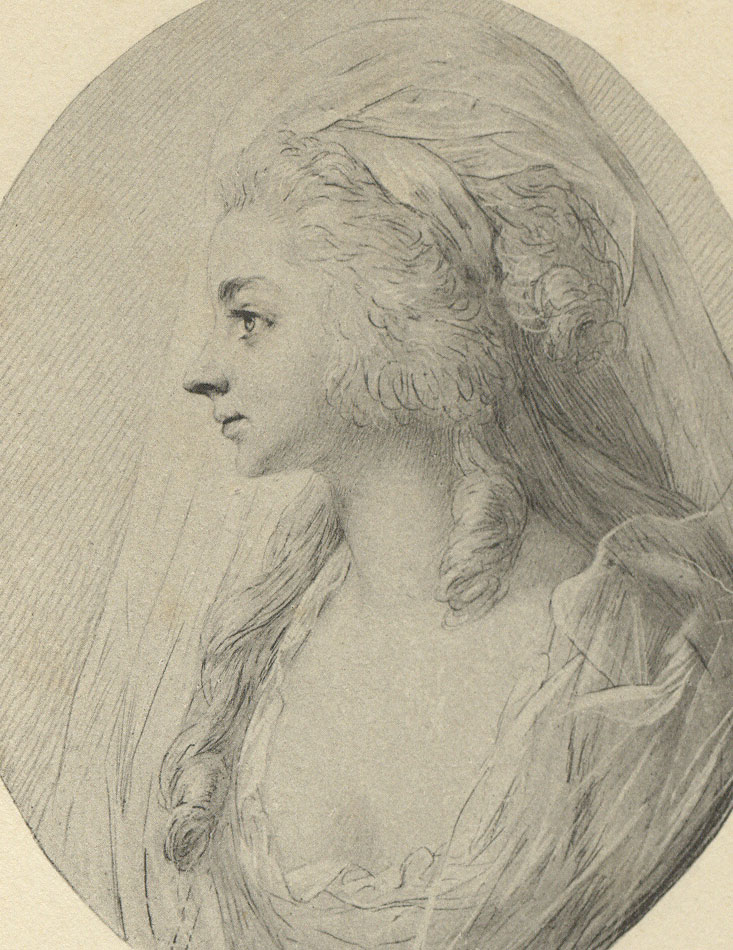
A Berliner from a well-to-do family, Sara Levy (1761 – 1854) joined the Sing-Akademie as a harpsichordist and chorister.
She has no children of her own, but an idea came to mind for the grandchildren of her sister, Bella Salomon. They should take composition lessons from the director of the Sing-Akademie.
She discussed it with their father, who agreed. And so, in 1816, aged seven and eleven, Felix and Fanny Mendelssohn began their composition studies with Carl Friedrich Zelter.
Bella Salomon: A providential gift
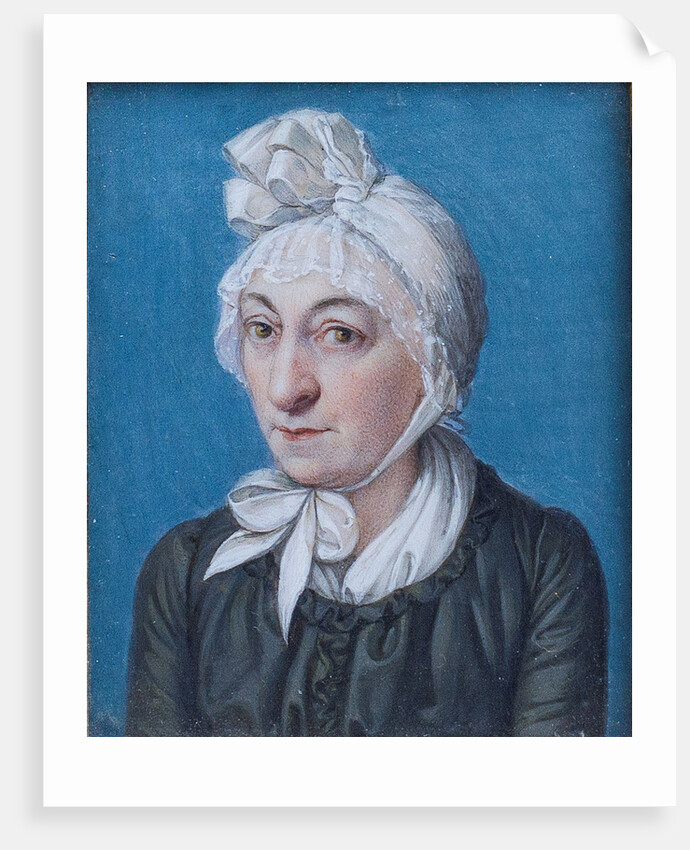
In February 1824, Bella Salomon (1749 – 1824) was about to celebrate her grandson Felix Mendelssohn’s 15th birthday. He knew Bach well, having studied his music with his teacher Carl Friedrich Zelter. But at that time, nothing suggested that he would one day lead his global rediscovery.
On February 3, the family gathered to celebrate Felix’s birthday. From his grandmother, he received a score of Johann Sebastian Bach’s St Matthew Passion.
This was a turning point. The genius of Bach fully revealed itself to Mendelssohn, who decided to conduct this monumental work, lasting around 2 hours 45 minutes.
Bella Salomon died a month later.
A final work performed in Montreal and Quebec City
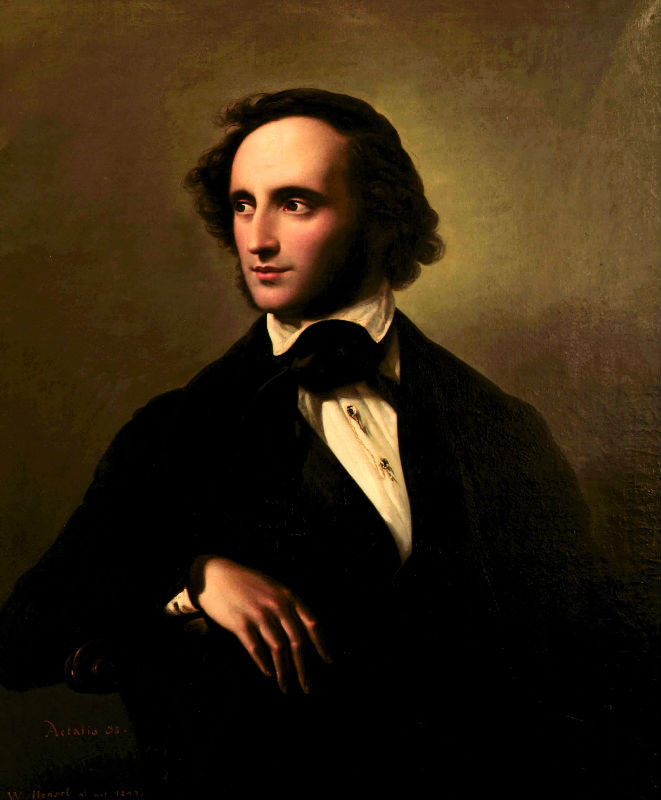
On March 11, 1829, we are back at the Berlin Singing Academy. After five years of study and preparation, Felix Mendelssohn (1809 – 1847) conducts the St. Matthew Passion. And the music of Johann Sebastian Bach finally emerges from its long period of obscurity.
The Baroque era was followed by a succession of trends and movements. The galant style, classicism, romanticism… But patiently, outside the institutions, and without public recognition, composers with modest careers such as Kirnberger, Fasch, and Zelter, preserved Bach’s legacy.
Then, inspired by a mysterious intuition, Sara Levy and Bella Salomon steered Felix towards this small circle.
And finally, Mendelssohn’s strength, charisma, and genius served as a catalyst. Only the advent of an extraordinary individual could redirect an entire society’s attention towards a forgotten composer.
Mendelssohn spent the rest of his life studying Bach’s scores, honing his compositional genius under the master’s strict polyphonic discipline.
This process culminated just months before his death at the age of 38, when he completed Elijah — a Baroque-inspired oratorio in the spirit of the St Matthew Passion.
And we are honored to invite you to the opening of the 2025 edition of the Festival International Bach Montréal, for a performance of Elijah under the direction of conductor Samy Moussa, in both Montreal and Quebec City.
We look forward to meeting you there,
The Festival International Bach Montréal team

